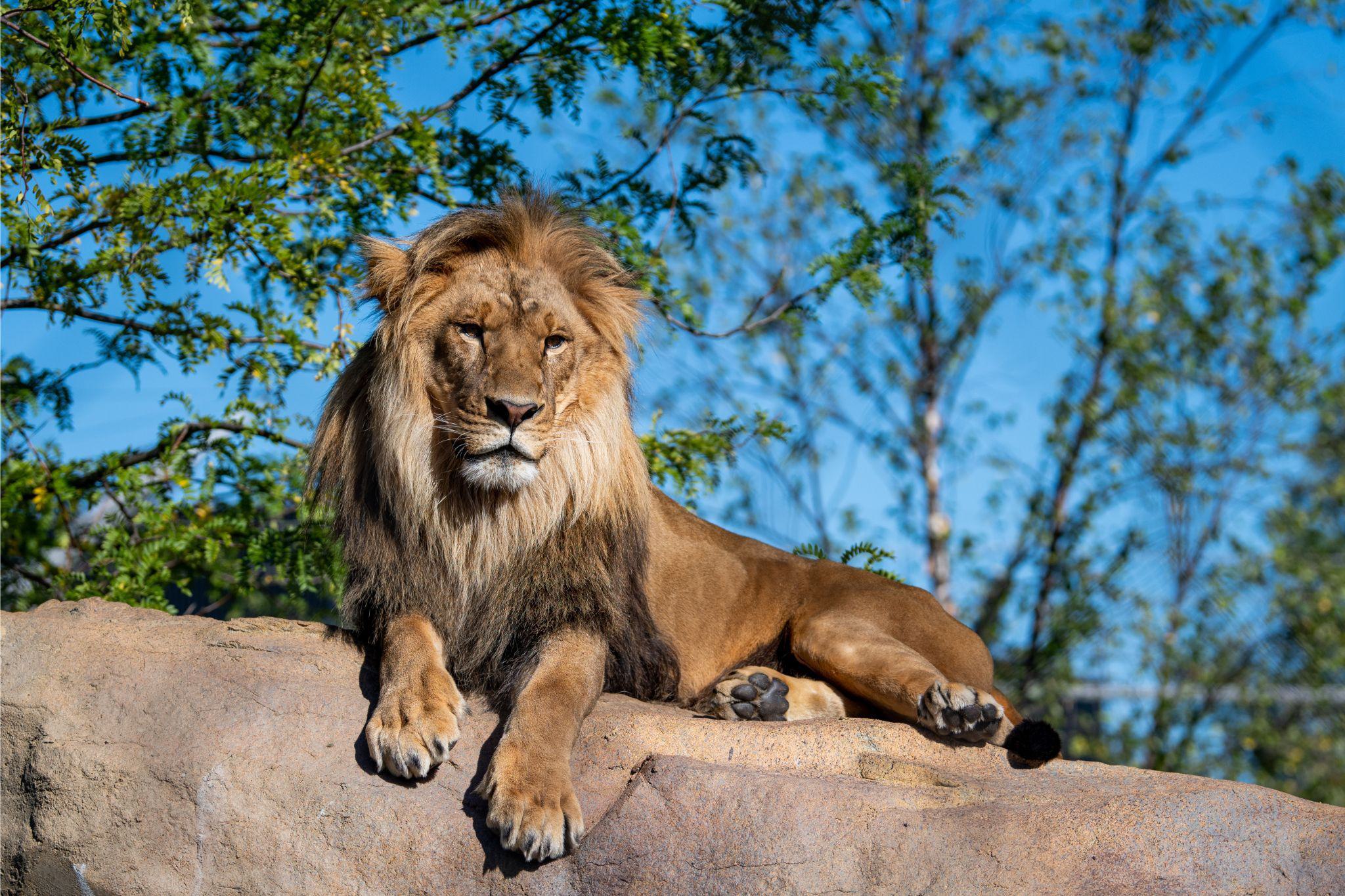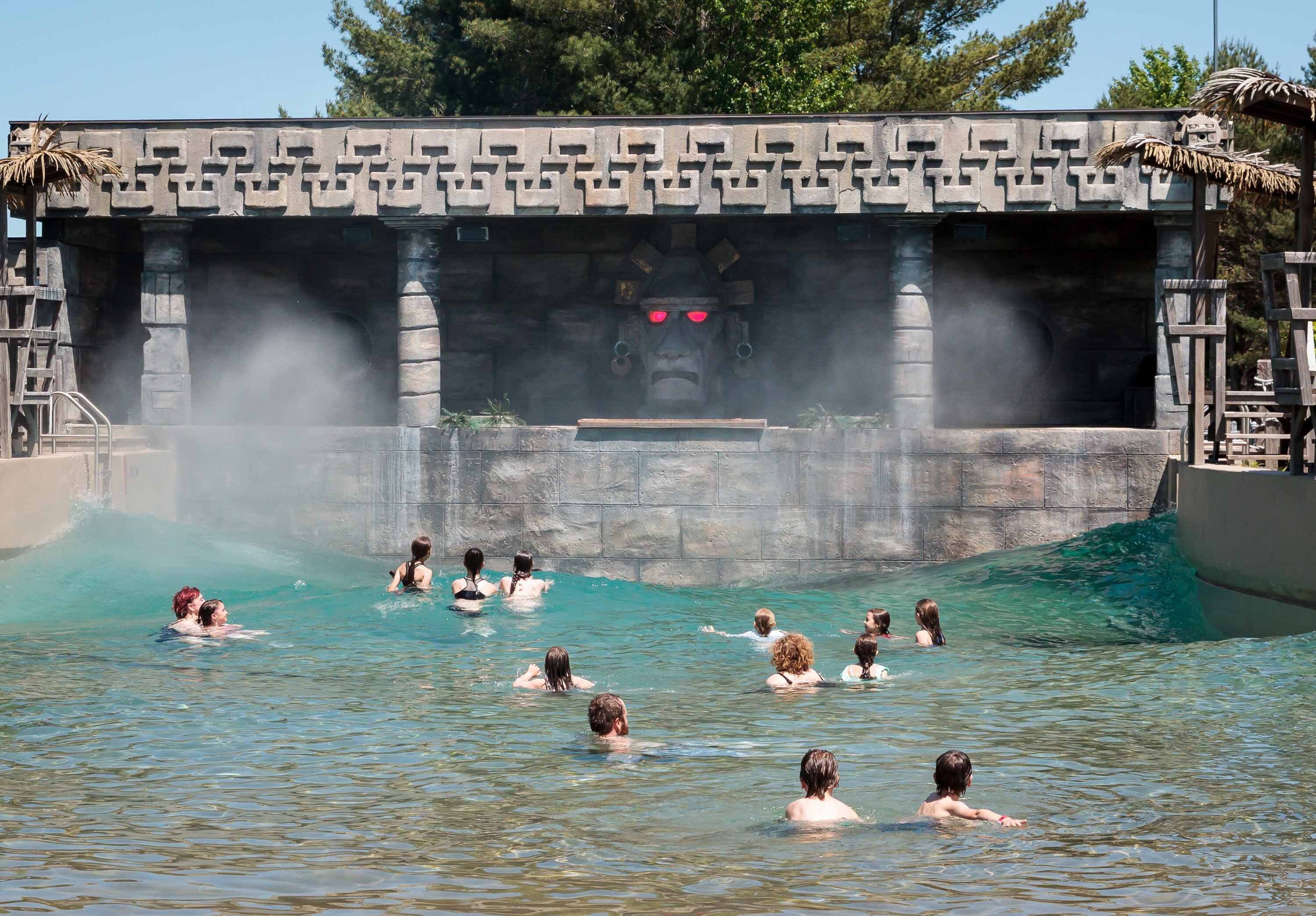Vulnerable or Threatened: Understanding the Differences
The white rhinoceros is near threatened, while the Javan rhinoceros is critically endangered. Mandrills are classified as vulnerable, while meerkats are of least concern. The conservation status of a group of organisms (for example, a species) indicates if the group still exists and what the probability is that it will disappear in the near future. Most notably, this value is used as a guideline for conservation measures relating to a species, to emphasize the urgency to take action. But why do some species benefit from a particular status more than others, and why do most species not even have a known status? We’ll help you get a better understanding!
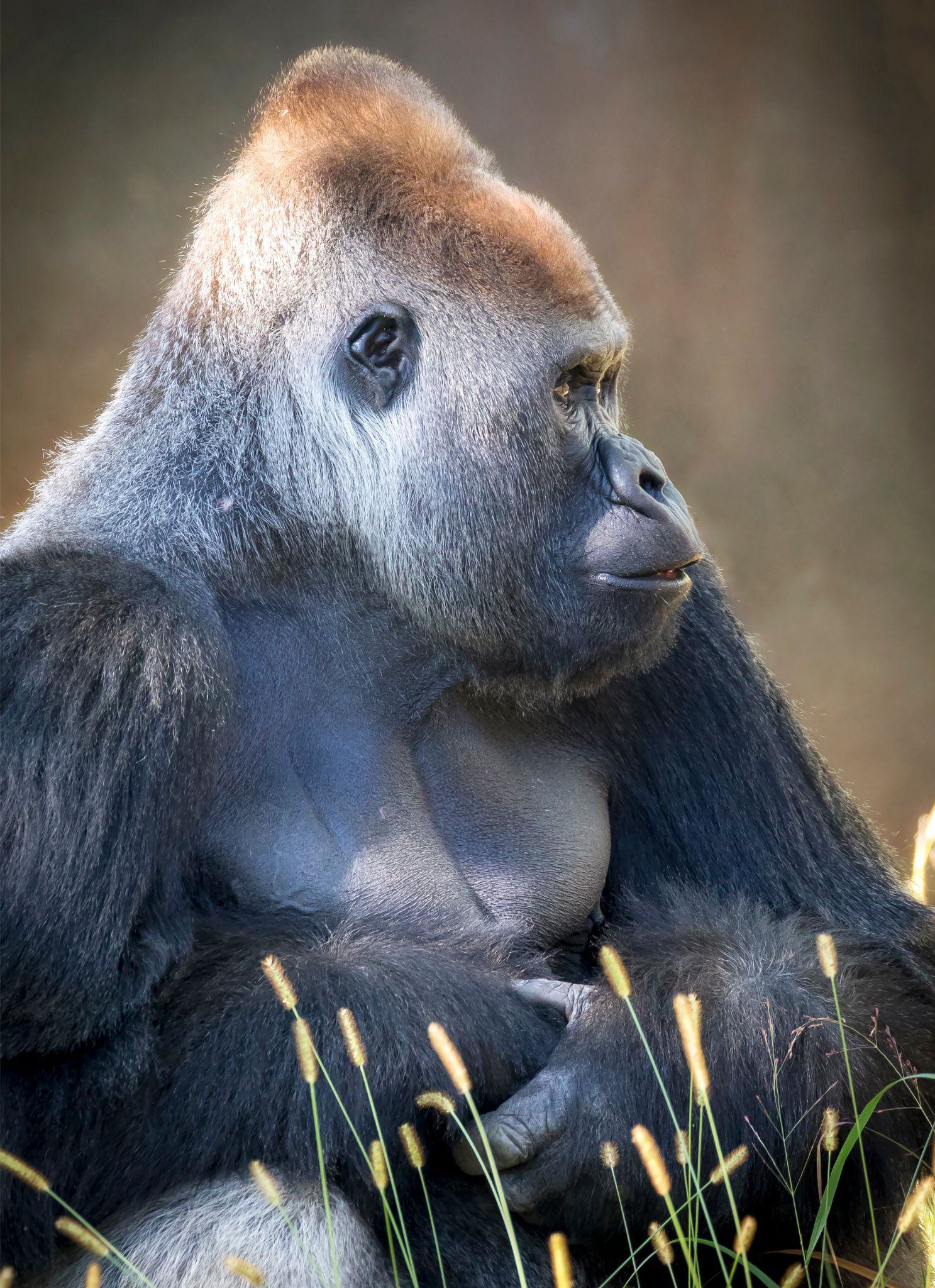
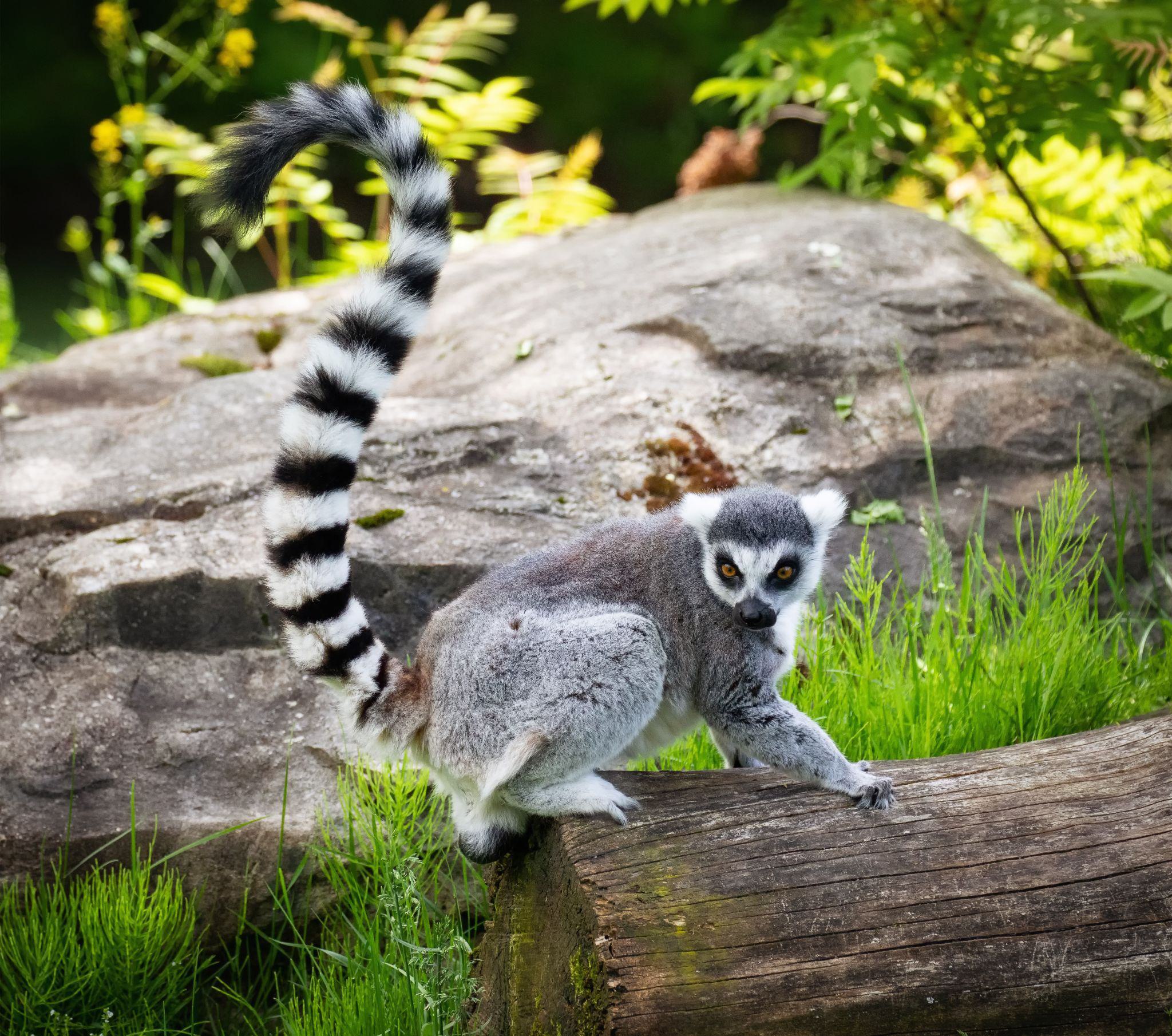
Assessing the conservation statut
Many factors are taken into consideration when assessing the conservation status of a group of organisms. Besides determining the number of individuals remaining, we need to also assess the overall increase or decrease of the population over time, the species’ reproductive success rates and known threats.
For example, a species may be relatively abundant in terms of numbers, but vulnerable because it only exists in one place in the world. This is the case for lemurs, which are only found on the island of Madagascar and are under incredible pressure, all species combined.
Different conservation status systems are used at international, multinational, national and local levels. They’re also used by consumers, such as sustainable advice lists relating sea products as well as product certifications.
The International Union for Conservation of Nature
The International Union for Conservation of Nature (IUCN) Red List of Threatened Species is the world’s best-known system for classifying and listing threatened species. It’s an essential indicator of the health of the world’s biodiversity.
Much more than a list of species and their status, it’s a tool used to inform and catalyze actions for the conservation of biodiversity and policy changes essential to protect the natural resources we need to survive. It provides information on a species distribution range, population size, habitat and ecology, use and/or trade, threats, as well as actions to guide effective conservation decisions.
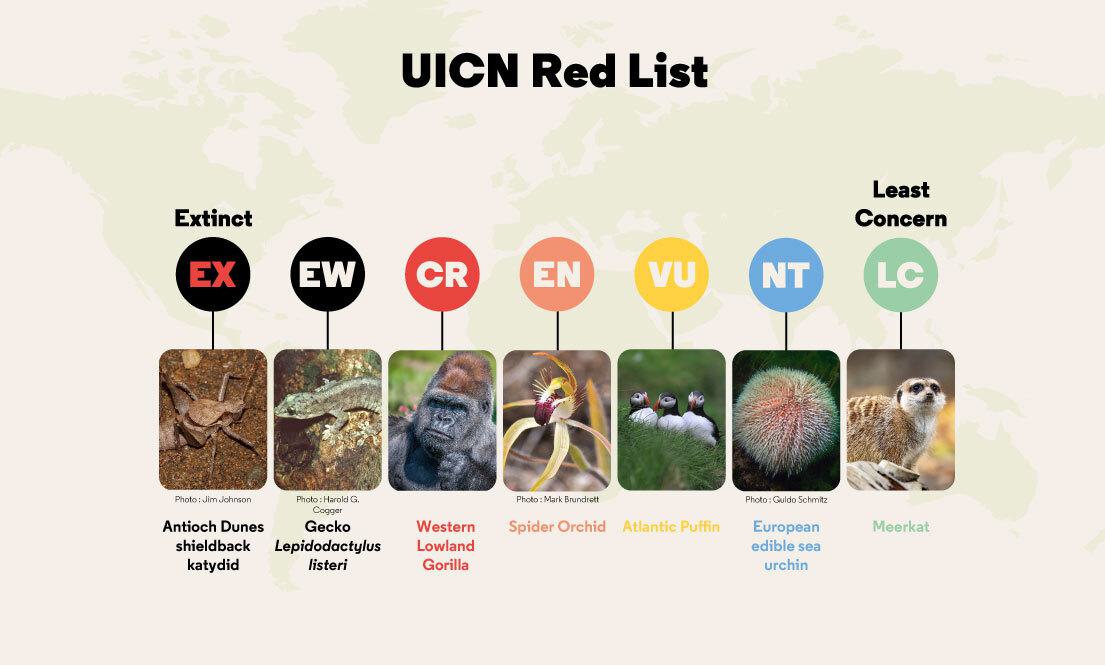
Species are classified into nine groups (or 7 or 8, depending on the source) according to criteria such as their rate of decline, population size, geographical area of distribution and the degree of fragmentation of both the population and the geographical distribution:
- Extinct (EX): There are no known living individuals
- Extinct in the Wild (EW): Known only as surviving in captivity or as a naturalized population outside its historical range.
- Critically Endangered (CR): Extremely high risk of extinction in the wild.
- Endangered (EN) : Very high risk of extinction in the wild.
- Vulnerable (VU) : High risk of extinction in the wild.
- Near Threatened (NT): Close to being endangered in the near future.
- Least Concern (LC): Low risk; doesn’t meet the criteria for a higher-risk category, and isn’t likely to become threatened in the near future. Widespread and abundant individuals are included in this category.
- Data Deficient (DD): Insufficient data to evaluate the risk of extinction.
- Not Evaluated (NE): it has not yet been assessed according to the criteria.
To date, almost 163,000 plant and animal species have been inventoried by the IUCN in order to classify them on the Red List; 163,000 species out of more than 8 million known species! It may not seem like much, but it’s truly a colossal task.
Species that are difficult to access (particularly marine species) and the complexity of carrying out reliable inventories in certain parts of the world (particularly in conflict zones) hinder the recording and study of certain species. In addition, many living species are still completely unknown to us.
Unfortunately, we have to accept the obvious: many species are doomed to disappear before we can officially designate them as vulnerable to human activities.
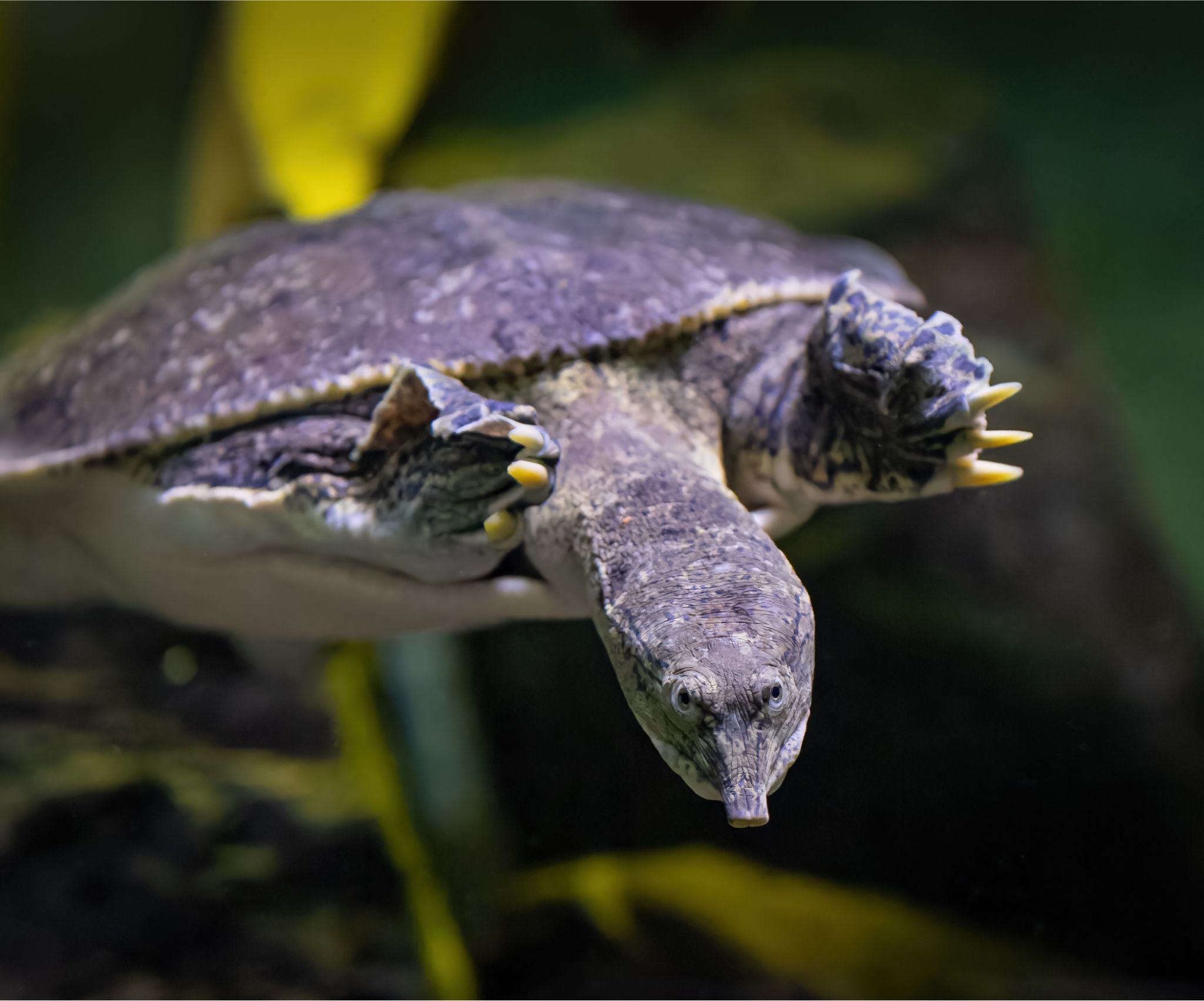
Committee on the Status of Endangered Wildlife in Canada
Canada also has its own system for classifying native species. The Committee on the Status of Endangered Wildlife in Canada (COSEWIC) is responsible for assessing the status of species throughout the country.
The committee is made up of independent experts and measures the risk of a species or subspecies disappearing from the planet (or the country).
Although the terms differ slightly, there are 7 status categories in Canada: extinct, extirpated, endangered, threatened, of special concern, not at risk, insufficient data.
The spiny softshell turtle, a species that the Zoo de Granby is actively working to recover in the field, is designated as “endangered” in Canada.
In the United States, the same species isn’t considered threatened at the federal level... It is, however, classified as threatened in Vermont. Phew! Not easy to find your way around!
The Zoo de Granby is home to almost 25% of species at risk in the wild: although they’re not always the most charismatic, they’re by far the species that need the biggest boost to escape extinction.
Przewalski’s horse owes its survival, and subsequent recovery in the wild, to the efforts of zoological institutions and dedicated conservation organizations. In 1969, the species was officially extinct in the wild.
Only a tiny population of about thirty individuals kept in captivity still survived. Programs geared towards sustained breeding and reintroduction into the wild initiatives have saved the species. Today, a few hundred horses roam freely on the plains of Mongolia, in addition to the thousand or so in some thirty zoological institutions.
A story that inspires hope for the future!
